 |
||
|
||
| ||
Part 3: Quantitative testsHere we will estimate how the cards cope with the tasks. Performance can be estimated objectively through the number of frames a card can render per a unit time, which is a second here, i.e. through fps. First of all I will briefly describe the scenes I used. I won't give links because the scenes are very huge, even when archived. Besides, the structure of the directories is very complicated, and I'm afraid of losing some objects or images and including unnecessary things. Finally, all these scenes come with the LightWave 3D 7, that is why those who already installed this packet have them. I also had a wonderful idea of showing the rendered scenes to impress you with their beauty, but I encountered several problems. If I render the scenes in a low resolution, for example, in 320x200, you will hardly discern anything, and in higher resolution the costs of rendering will be too huge, even on a 2 GHz processor, and an output file will also be quite great. I tried to code the output file into divX, but there were some artifacts. If I find some good solution, you will get an addition to this review :), and now I will show only several rendered frames of the scenes. So, here are the scenes. 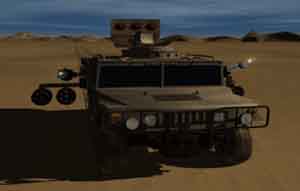 Hammer
scene, from SCENES/VEHICLES/, contains 131 objects, 34 light sources, 60,435
vertices and 56,584 polygons. 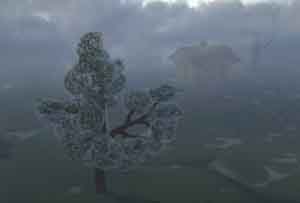 Mistytrain,
from SCENES/VEHICLES/, contains 26 objects, 1 light source, 65635 vertices and
32793 polygons.  B17,
from SCENES/VEHICLES/B17/, contains 18 objects, 2 light sources, 177,796 vertices
and 137,673 polygons. 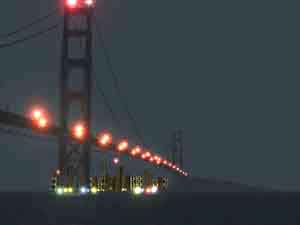 GoldenGate,
from SCENES/STRUCTURES/, contains 10 objects, 81 light sources, 32,585 vertices
and 22,188 polygons.  SpaceColony,
from SCENES/SPACE/, contains 55 objects, 44 light sources, 72,062 vertices and
53,169 polygons.  Blade,
from SCENES/SPACE/, contains 24 objects, 57 light sources, 37,807 vertices and
30,427 polygons. 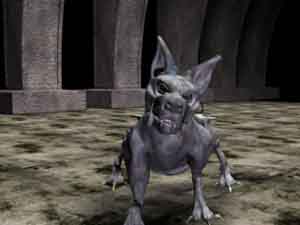 TindalosJump,
from SCENES/CHARACTERS/, contains 16 objects, 5 light sources, 13,838 vertices
and 13,900 polygons.  Bubbler,
from SCENES/CHARACTERS/, contains 12 objects, 4 light sources, 25,089 vertices
and 44,472 polygons.  MechWalker_wFog, from SCENES/ROBOTS/, contains 52 objects, 3 light sources, 7,194 vertices and 5,578 polygons. Each scene was tested in two resolutions: 1280x1024 and 1600x1200 at 32-bit color. Our plugin ran the animation in this scene and then recorded fps. Each scene was run at least three times, and after that arithmetic means were recorded into the summary table (it prevented possible errors). Besides, each scene was tested both with textures and in a wireframe mode to show a possible difference. And now look at the diagrams. HammerFirst comes 1280x1024 in two modes: 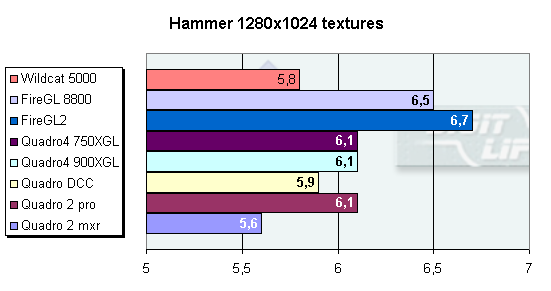  It is interesting that the oldest accelerator has beaten the latest cards. In the wireframe mode the situation is different. And now a higher resolution in two modes: 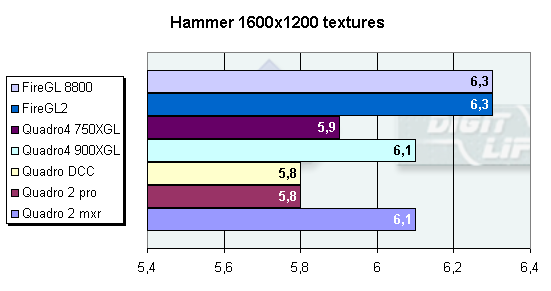  It is unbelievable that the Quadro2 MXR is on a par with the Quadro4 900 XGL in the texture mode. Again, the situation differs in the wireframe one. And now simply look at the diagrams. MistyTrain  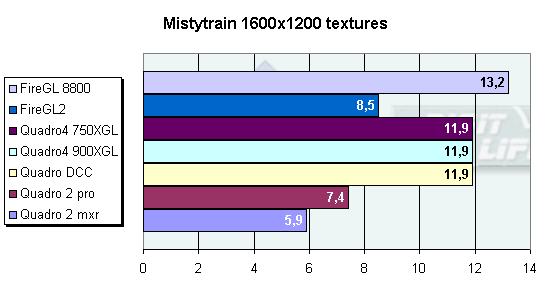  B17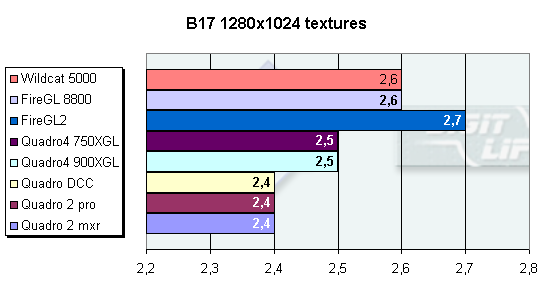   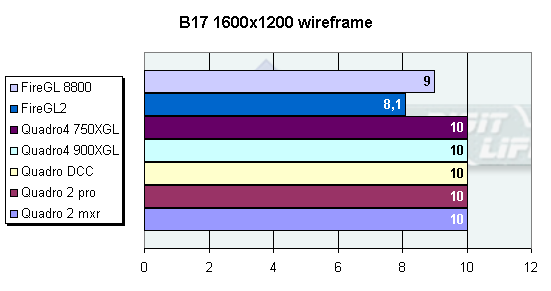 GoldenGate_night   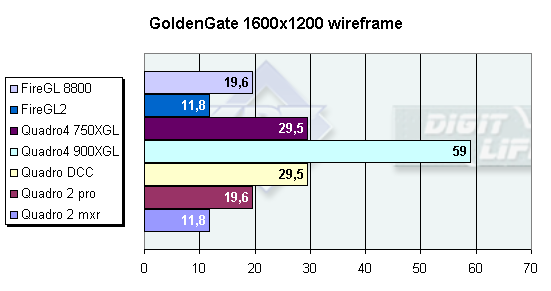 SpaceColonyThis scene reminds me much of "Star Wars: Clone War". Maybe, the creators of this movie used LightWave, but if it were so, they would hardly distribute the scene from the movie with the program's distributive.  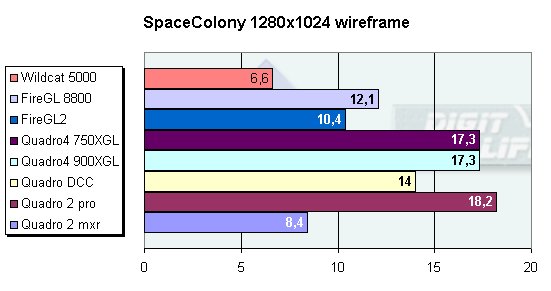 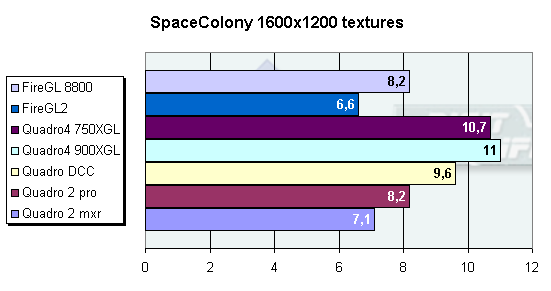 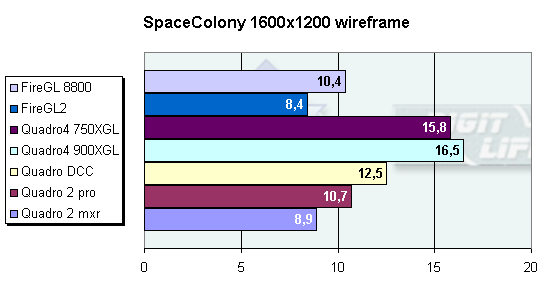 Blade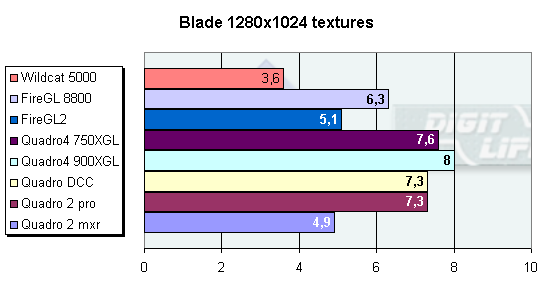 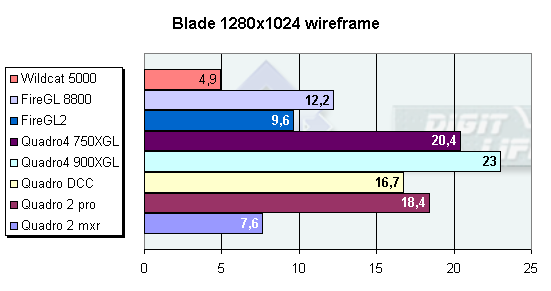 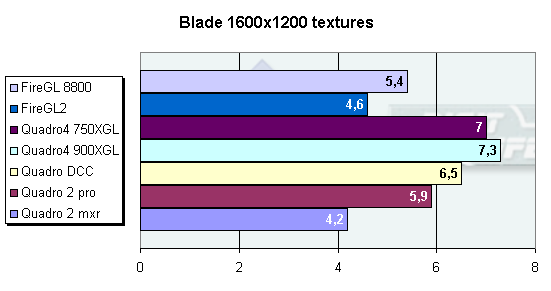  TindalosJumpAt default this scene works in four projection windows. That is why we carried out tests with animation right in 4 windows. 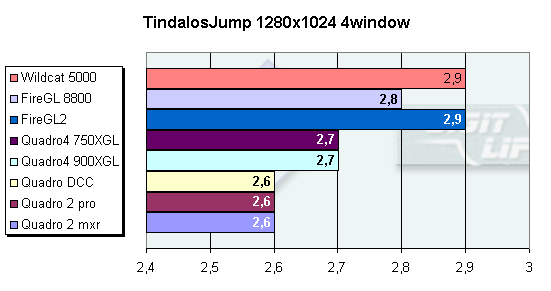  Bubbler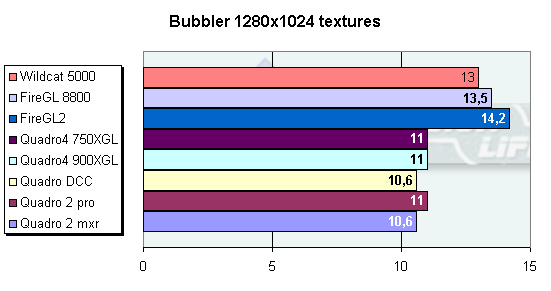 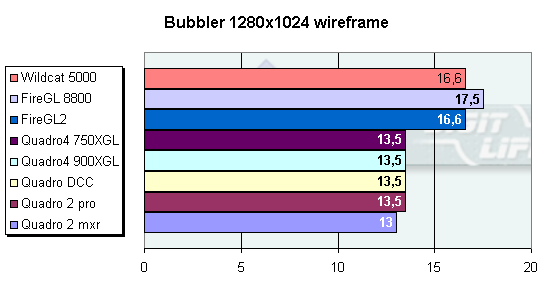 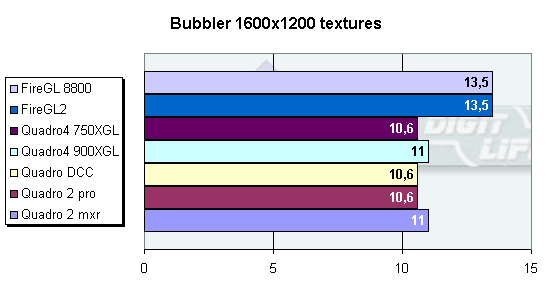  MechWalker_wFog 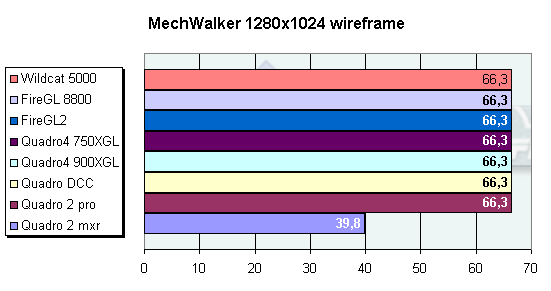  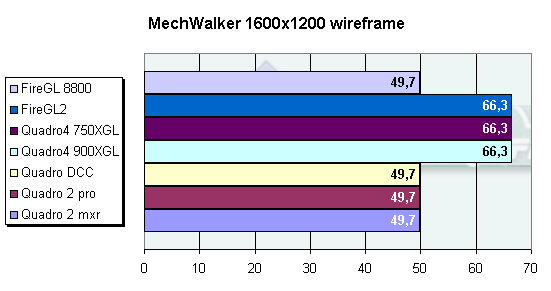 And the last diagrams concern operation of our three demo scenes: SPACE TOWN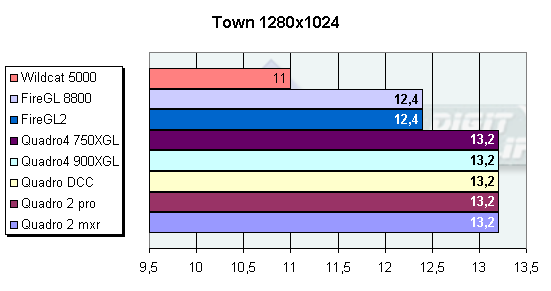 VALLEY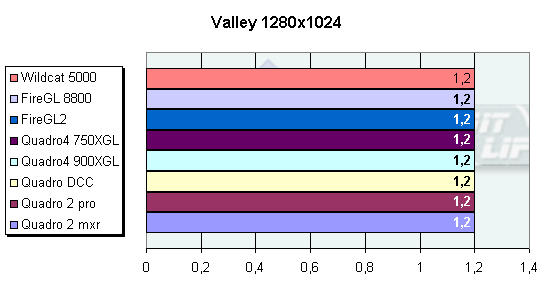 Well, in the scenes containing a large number of polygons and vertices but few light sources, the ATI's cards work better in the texture mode irrespective of the resolution. In the wireframe mode the NVIDIA's cards perform better. Besides, the old FireGL 2 has excellent scores. This is a really successful card. The difference between the cards is small, which means that the most part of load is laid on the system on the whole. Besides, in some scenes the cards show equal results, which also proves my suggestions made in the beginning. LightWave 3D based on operation of plugins mostly loads a CPU and only partially GPU. In the last part we will estimate quality of operation of the cards. [ Next part ] Write a comment below. No registration needed!
|
Platform · Video · Multimedia · Mobile · Other || About us & Privacy policy · Twitter · Facebook Copyright © Byrds Research & Publishing, Ltd., 1997–2011. All rights reserved. |